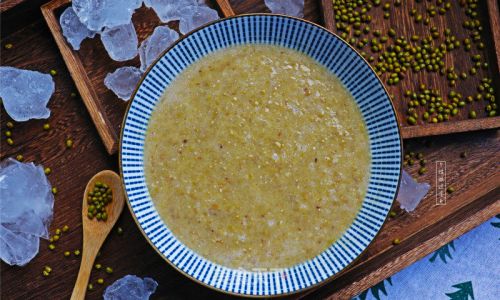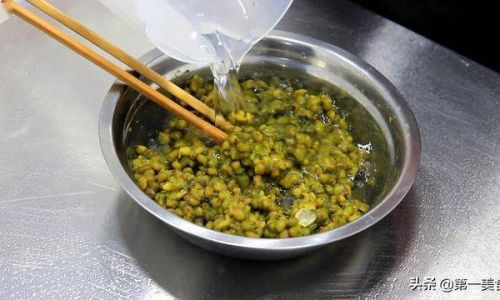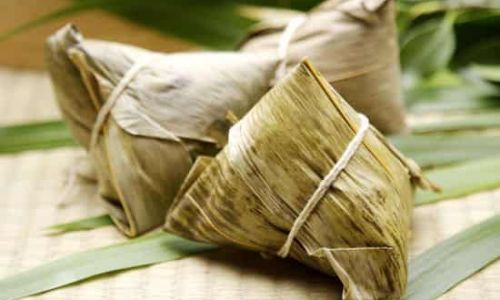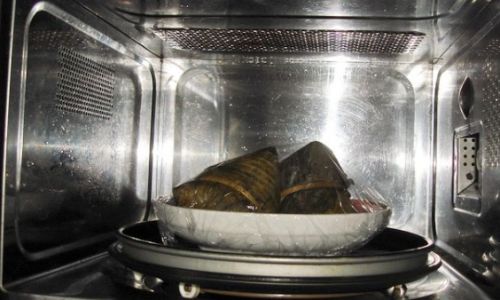Fish maw, often referred to as the swim bladder of large fish like cod or sturgeon, is a culinary delicacy prized for its gelatinous texture and mild flavor. In Chinese cuisine, it is revered as a symbol of luxury and is commonly used in soups, stews, and braised dishes. One of the most refreshing ways to enjoy fish maw is in a chilled preparation, where its delicate taste and silky mouthfeel are highlighted. This article explores the art of making chilled fish maw soup, blending time-honored methods with contemporary flair to create a dish that is both elegant and revitalizing.
The Allure of Fish Maw: A Brief Introduction
Fish maw has been a staple in Asian culinary traditions for centuries, valued not only for its culinary versatility but also for its perceived health benefits. Rich in collagen, protein, and amino acids, it is believed to promote skin elasticity, joint health, and digestive wellness. When prepared correctly, fish maw absorbs the flavors of its accompanying ingredients, transforming into a luxurious component of any meal. Chilled fish maw soup, in particular, offers a palate-cleansing contrast to richer dishes, making it a popular choice for banquets and summer menus.
Ingredients: Building Blocks of Flavor
Crafting the perfect chilled fish maw soup begins with selecting high-quality ingredients. Here’s a breakdown of the essentials:

- Dried Fish Maw: Opt for premium-grade, odorless varieties. Soak them in advance to rehydrate (more on this later).
- Broth Base: A clear, aromatic broth is the soul of this dish. Use a combination of chicken or pork bones, dried scallops, and ham for depth.
- Aromatics: Fresh ginger, garlic, and scallions impart a subtle fragrance without overpowering the fish maw.
- Vegetables: Lightly blanched vegetables like snow peas, carrots, or enoki mushrooms add color and crunch.
- Protein Enhancers: Shredded chicken, crab meat, or shrimp elevate the soup’s richness.
- Seasonings: Light soy sauce, Shaoxing rice wine, white pepper, and a touch of sugar balance the flavors.
- Garnishes: Thinly sliced chili, cilantro, and a drizzle of sesame oil or vinegar provide finishing touches.
Step-by-Step Preparation: From Soaking to Serving
Rehydrating Fish Maw
The key to tender fish maw lies in proper rehydration. Begin by:
- Rinsing the dried fish maw under cold water to remove any debris.
- Soaking it in a bowl of cold water for 12–24 hours, changing the water every 6 hours to reduce fishy odors.
- Simmering gently in a pot of fresh water with a slice of ginger for 10–15 minutes until pliable.
- Draining and slicing into bite-sized pieces.
Crafting the Broth
A pristine broth forms the foundation of this soup. Follow these steps:
- Parboil chicken or pork bones to remove impurities, then rinse under cold water.
- Sauté aromatics (ginger, garlic, scallions) in a stockpot until fragrant.
- Add bones, dried scallops, and ham, then cover with cold water.
- Simmer uncovered for 3–4 hours on low heat, skimming off foam periodically.
- Strain the broth through a fine sieve, discarding solids.
Assembling the Soup
Combine the elements with precision:
- Bring the strained broth to a gentle simmer.
- Add rehydrated fish maw, shredded chicken, and mushrooms.
- Season lightly with soy sauce, rice wine, and white pepper.
- Cook for 15–20 minutes until flavors meld.
- Stir in blanched vegetables and adjust seasoning to taste.
Chilling and Presentation
The final step transforms the soup into a refreshing masterpiece:

- Pour the soup into a shallow dish and let it cool to room temperature.
- Cover and refrigerate for at least 4 hours, or until fully chilled.
- Garnish with chili slices, cilantro, and a splash of vinegar before serving.
Tips for Perfect Results
- Avoid Overcooking: Fish maw turns rubbery if simmered too long. Monitor texture closely.
- Balance Flavors: The broth should be delicate, not salty. Taste and adjust seasonings gradually.
- Enhance Clarity: For a crystal-clear broth, use only the freshest ingredients and avoid stirring vigorously.
- Texture Play: Pair chilled fish maw with contrasting elements like crispy wonton strips or diced mango.
Creative Variations
- Coconut-Lime Twist: Replace part of the broth with coconut milk and finish with lime zest.
- Herb-Infused Broth: Steep the broth with lemongrass, kaffir lime leaves, or dill for a fragrant lift.
- Vegetarian Adaptation: Use kombu-based dashi and tofu instead of meat for a plant-based version.
- Spicy Kick: Add a dollop of chili-garlic sauce or Sichuan peppercorns for heat.
Health and Nutritional Benefits
Chilled fish maw soup is a low-calorie, high-protein dish rich in collagen, which supports skin and joint health. Its mild flavor makes it ideal for those with sensitive palates, while the broth’s hydrating properties aid digestion. By using lean proteins and fresh vegetables, this soup becomes a guilt-free indulgence.
Avoiding Common Pitfalls
- Using Boiling Water for Soaking: This toughens the fish maw. Stick to cold water.
- Skipping the Parboil Step: Impurities in bones can cloud the broth.
- Overcrowding the Pot: Cook fish maw in batches to ensure even heating.
- Serving Too Warm: Chill thoroughly to achieve the soup’s signature refreshing quality.
Conclusion: Elevating the Everyday
Chilled fish maw soup is more than a dish—it’s a testament to the harmony of texture and flavor. Whether served as an appetizer at a banquet or a soothing summer meal, its elegance lies in simplicity. By mastering the balance of ingredients and respecting traditional techniques, even novice cooks can create a dish that dazzles the senses. So, the next time you crave a taste of luxury, reach for the fish maw and let the broth work its magic. Your palate—and your guests—will thank you.
This guide ensures that every step, from selecting ingredients to the final chilled presentation, is executed with care. Experiment with seasonal produce or regional spices to make this dish uniquely yours. After all, the best recipes are those that evolve with the cook’s creativity.






0 comments